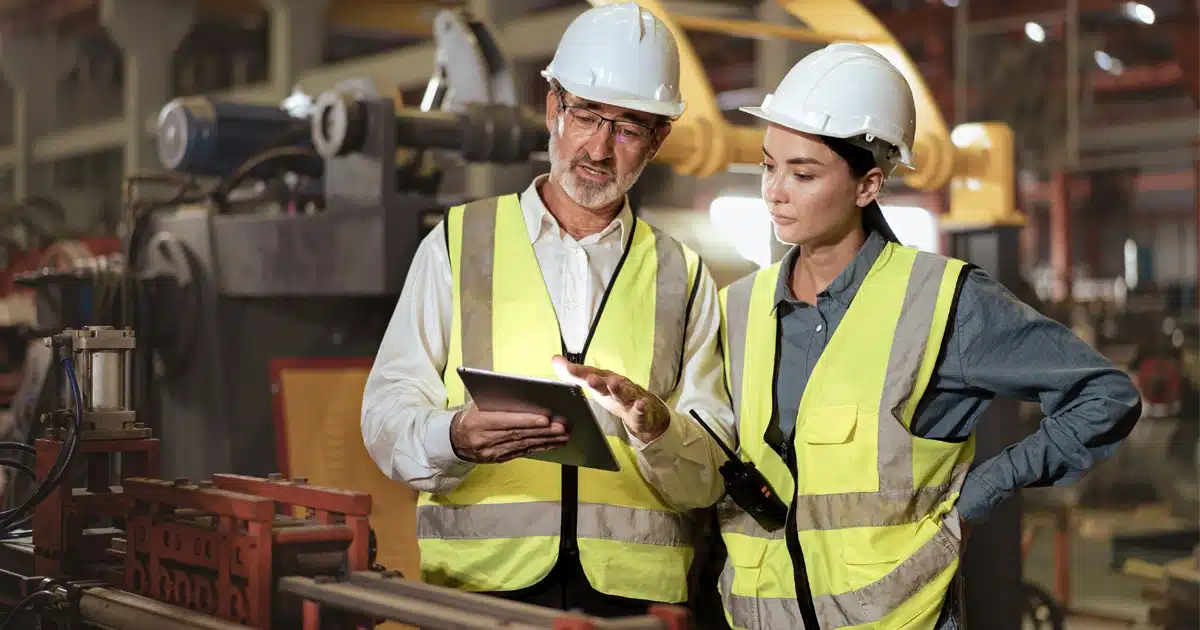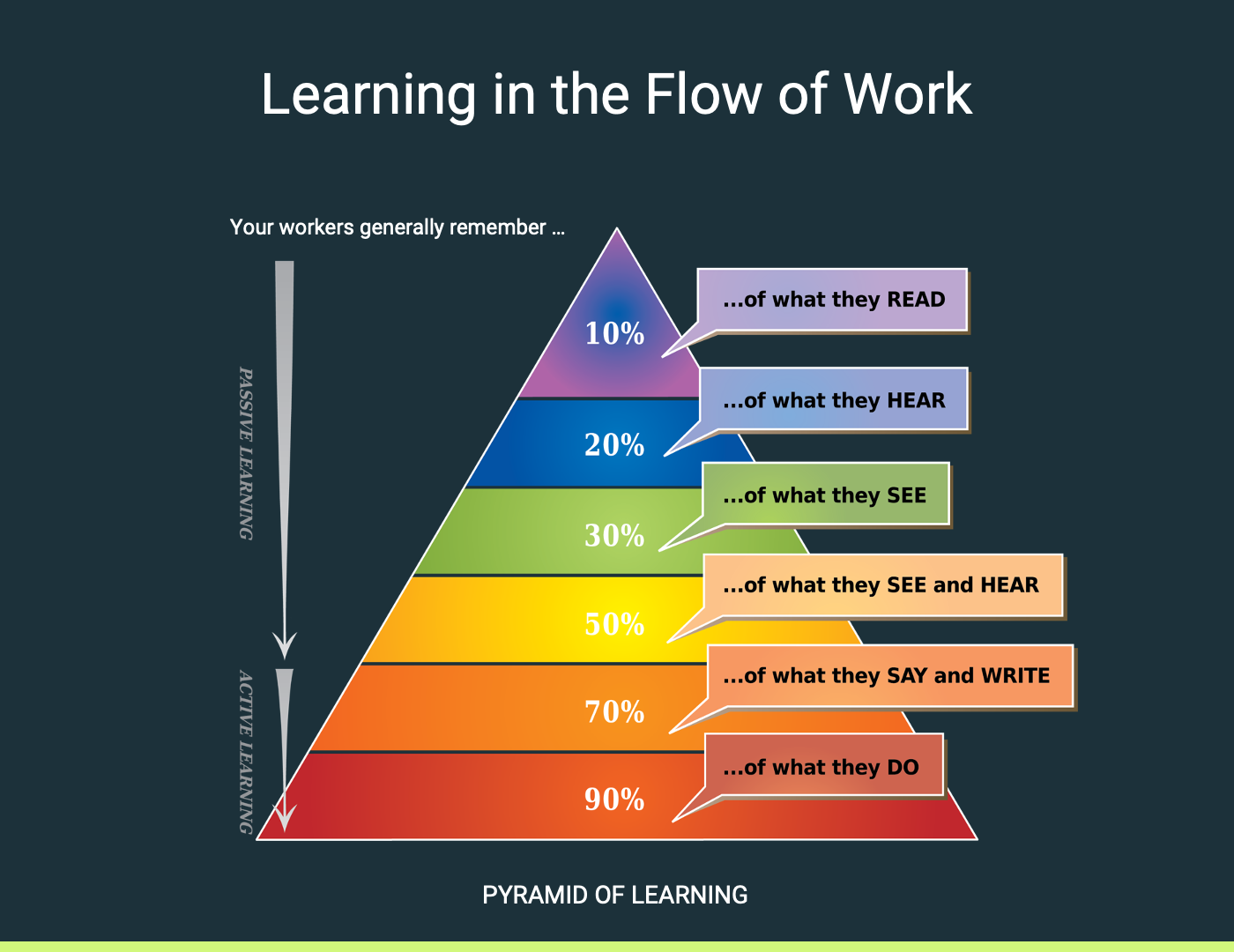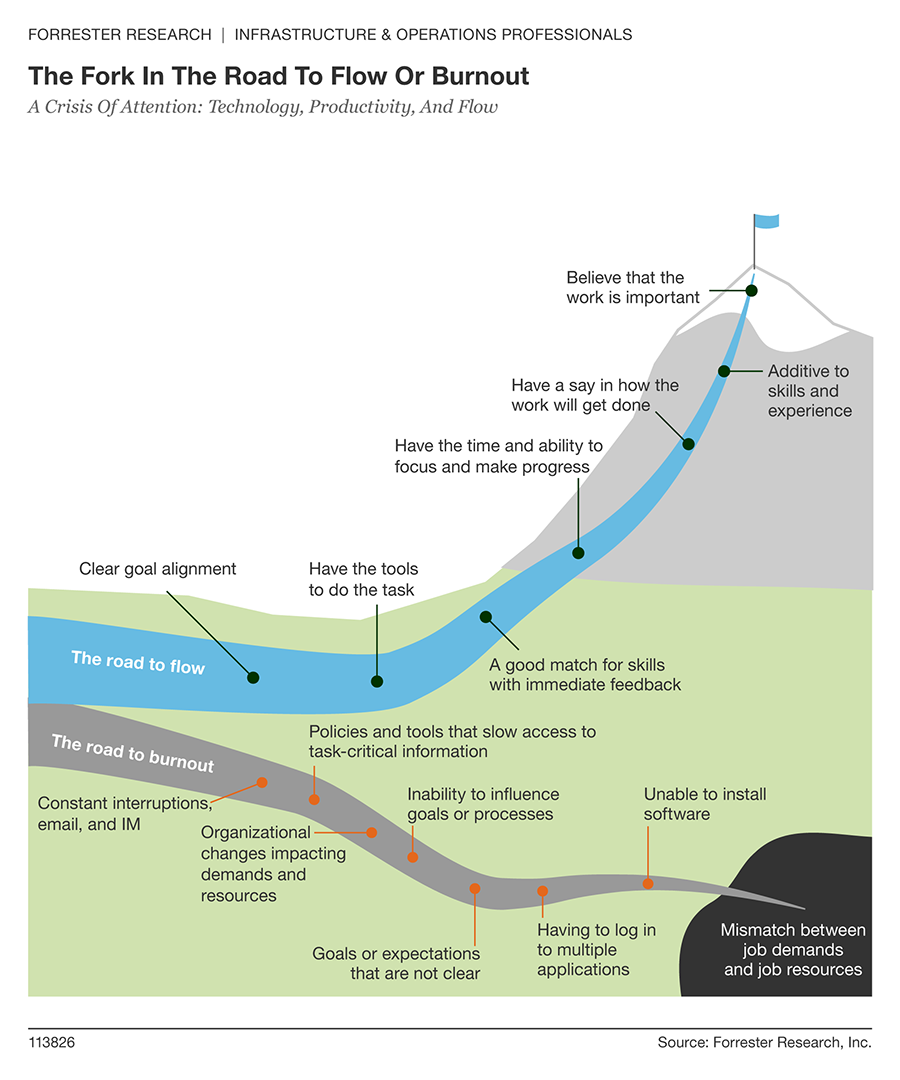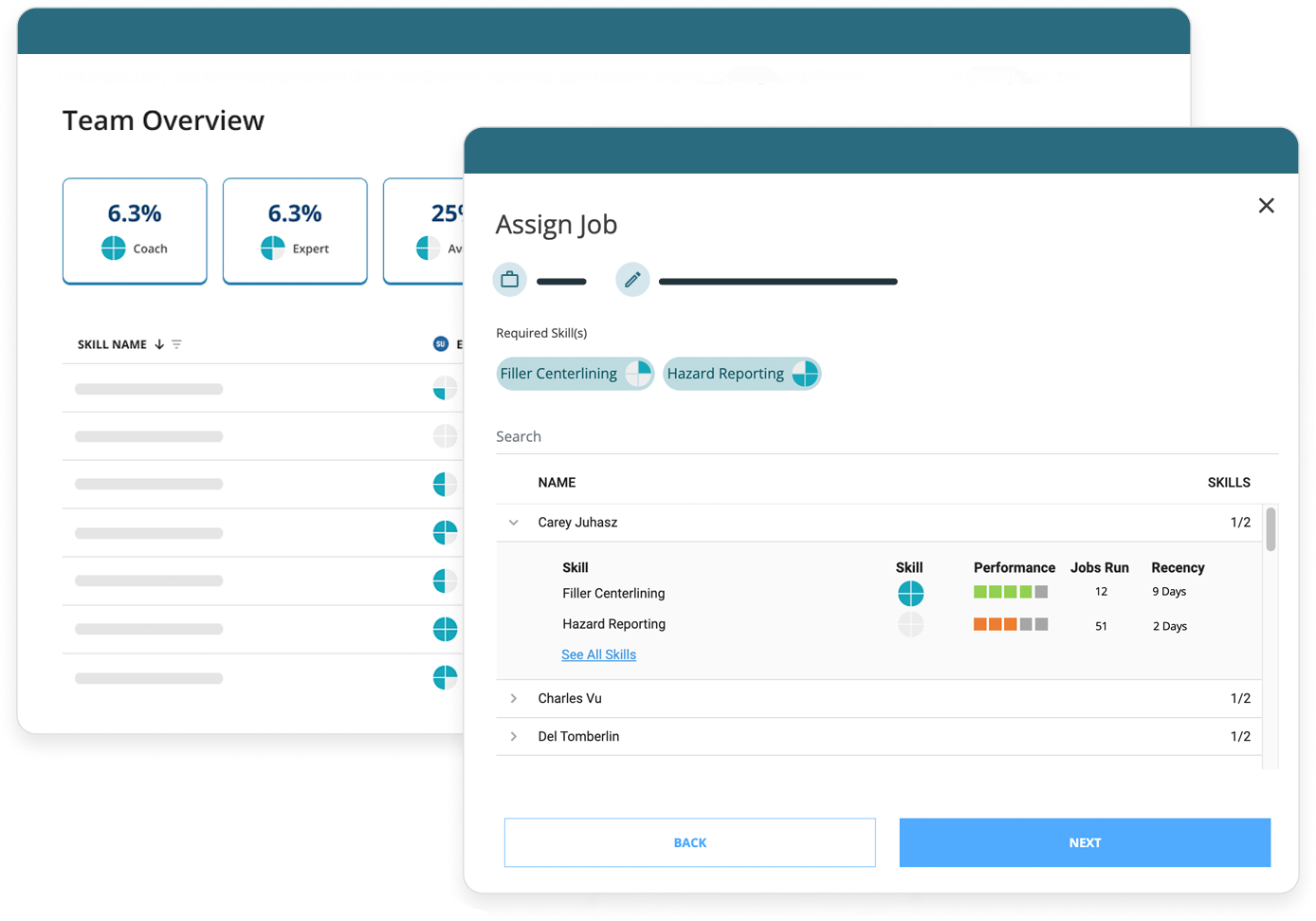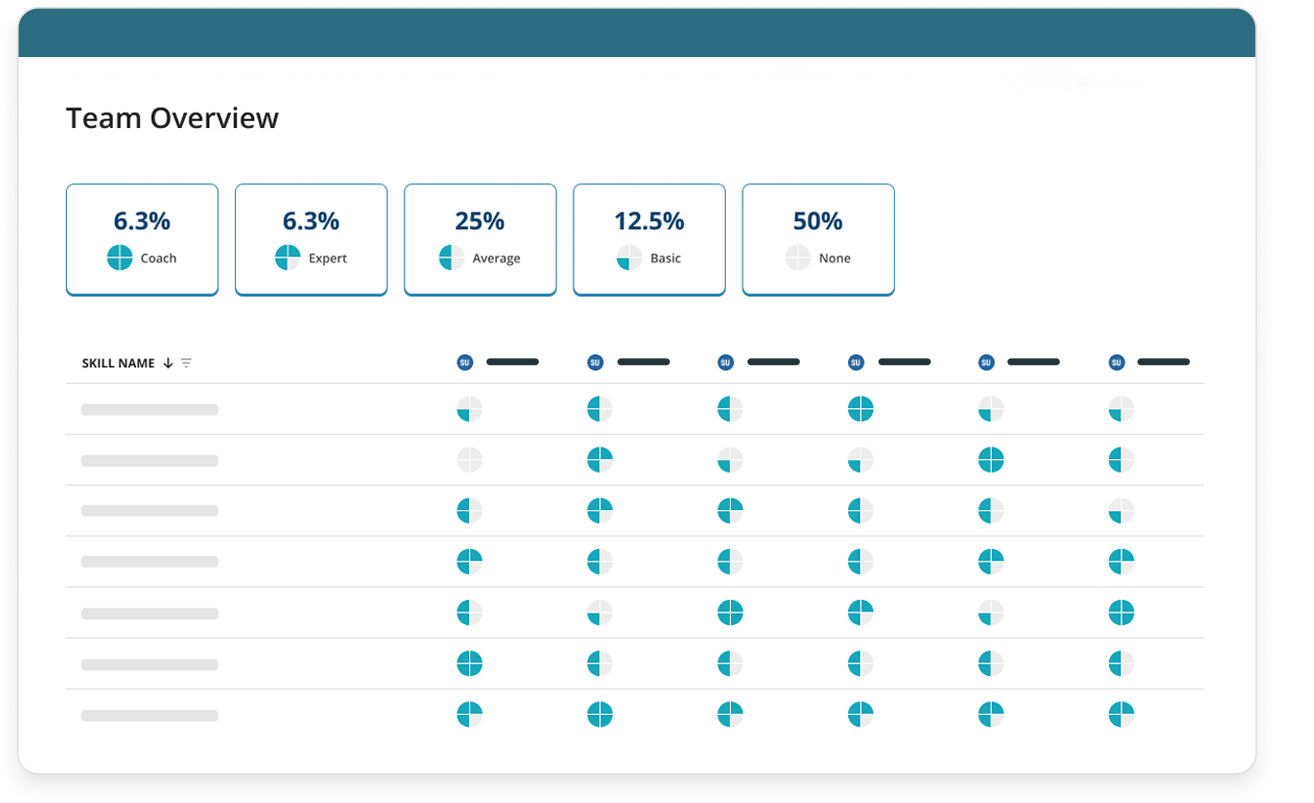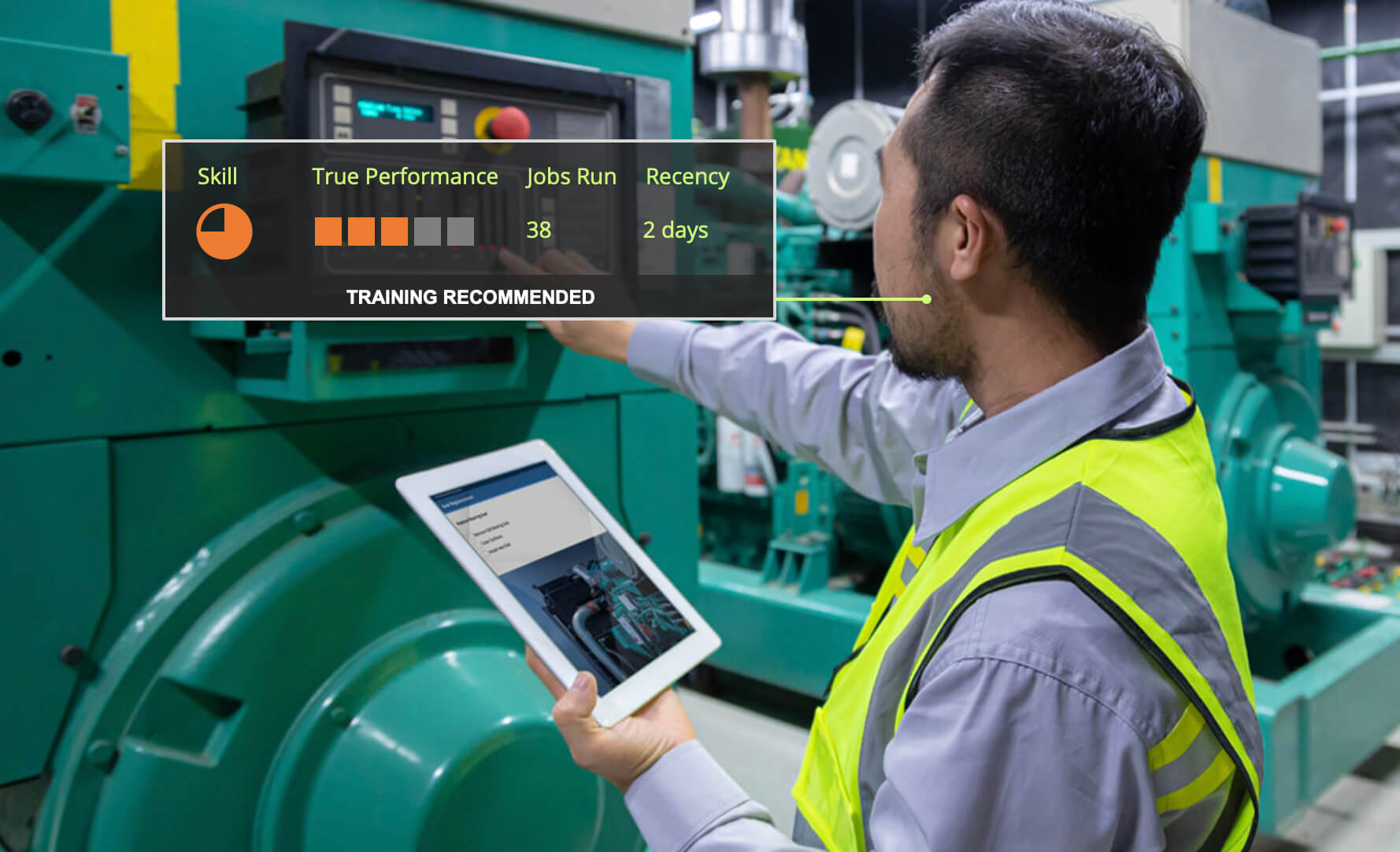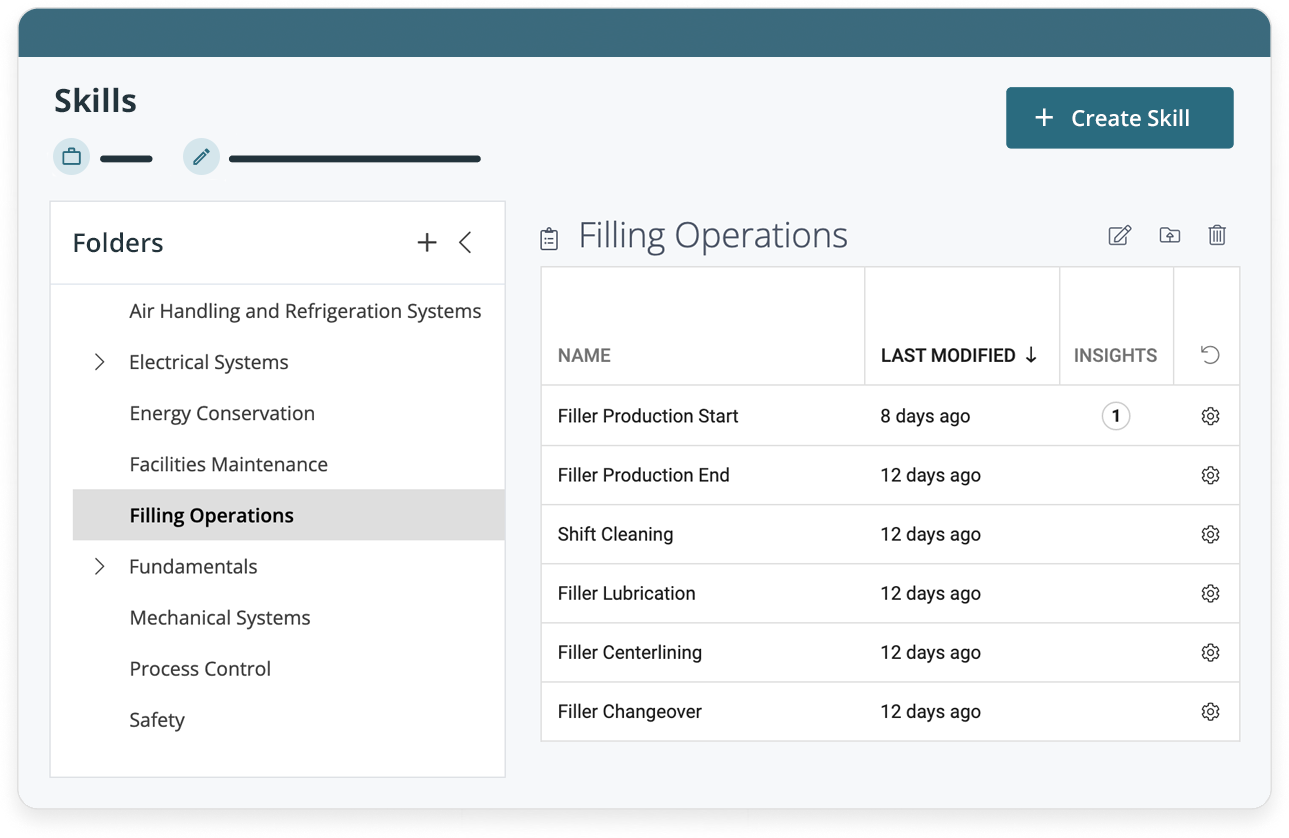Learn how continuous and workflow learning can help modernize employee training in the manufacturing industry.
Staying ahead of the curve in today’s manufacturing marketplace means that businesses need to innovate and adapt. To accomplish this, organizations must have a skilled workforce and ongoing training and workforce management processes to support continuous learning and development.
Modernizing training cultivates employee skillsets by implementing continuous learning in the flow of work.
Continuous learning is the process of attaining new skills on a constant basis. Workflow learning involves educating yourself on the job using resources and self-directed learning materials. Done together, this modern training approach can help streamline productivity.
If you want to learn how to improve manufacturing training with continuous learning and workflow learning, explore this article that answers the following:
- What is continuous learning?
- How can continuous learning be used in manufacturing?
- What is workflow learning?
- How can workflow learning be used in manufacturing?
- How can technology improve manufacturing training?
What is continuous learning?
Continuous learning in manufacturing involves enabling workers to learn new skills regularly. It’s a great way to improve employee performance and innovation. According to Forbes, embracing a culture of continuous learning can help organizations adapt to market demands, foster innovation, as well as attract and retain top talent.
Learning can come in different forms, from formal course training to hands-on experience. Employees are encouraged to be self-starters who want to evolve their skills on an on-going basis. A good example of a continuous learning model is everboarding; everboarding is a modern approach toward employee onboarding and training that shifts away from the traditional “one-and-done” onboarding model and recognizes learning as an ongoing process.
How can continuous learning be used in manufacturing?
When businesses don’t support continuous learning, manufacturing processes stagnate. This contributes to a lack of innovation and hinders potential opportunities for success that a company may experience.
In a nutshell, the more workers know and the more they can accomplish, the more they can contribute to business growth. This may consist of employees taking an online course or learning a new technique hands-on, no matter what department they’re in.
For example, assembly line workers may learn new manufacturing processes to ensure everything is functioning properly. Meanwhile, operators may study the latest machinery to learn new tricks of the trade.
What is workflow learning?
Workflow training in manufacturing involves learning while doing. This means that workers pick up new skills while on the job through hands-on experience.
The key to workflow learning is that it happens while employees perform their everyday tasks.
Many workers in the manufacturing industry work in shift-based environments, making it difficult for them to attend traditional classroom-based training sessions. With workflow learning, organizations can incorporate more learning processes into the everyday workday of frontline workers – essentially bridging the gap between knowing and doing. This “active learning” aligns with the Pyramid of Learning visual model that illustrates the different stages of learning and their relative effectiveness.
Active learning involves the learner actively engaging with the material, often through problem-solving, discussion, or application of the knowledge while they are on the job.
In general, active learning is considered more effective than passive learning in promoting deep understanding and retention of information. Therefore, learning leaders often strive to design learning experiences that involve higher levels of active learning, moving beyond the lower levels of the pyramid and promoting critical thinking, creativity, and problem-solving skills.
How can workflow learning be used in manufacturing?
Workflow learning consists of using resources at your disposal to complete tasks. This strategy is sometimes referred to as performance support.
For example, workers can look up answers to questions, steps of a process, or new services while performing their jobs instead of interrupting their workflow to go to a class or training session.
Active, or workflow learning can be implemented with mobile learning solutions that leverage connected worker technology and AI to provide workers with bite-sized, on-demand training modules that they can access on smartphones or tablets. These modules can be developed with customized learning paths that are focused on the type of tasks and work employees are doing on the factory floor.
How can technology improve manufacturing training?
The nature of manufacturing training is changing in the age of artificial intelligence. Today, many training processes can be streamlined and optimized using digital and smart, connected worker technologies.
For instance, data collected from everyday manufacturing processes can polish training programs online. Experienced workers can share best practices on customized dashboards for other employees to access. These can be updated in real-time and show changes highlighted to better optimize manufacturing processes.
Digital training tools can also help improve learning speed and retention. For example, workers who need visuals or real-world scenarios can assess them using AI-powered software to maximize their training.
Augmentir is the world’s leading AI-powered connected worker solution that helps industrial companies optimize the safety, quality, and productivity of the industrial frontline workforce. Contact us for a live demo, and learn why leading manufacturers are choosing us to elevate their manufacturing operations to the next level.

